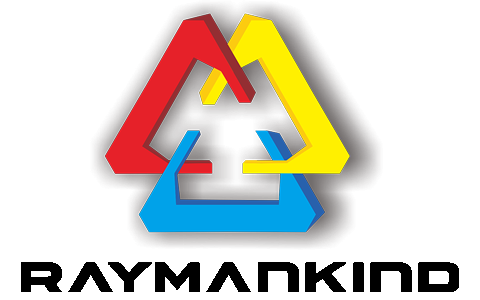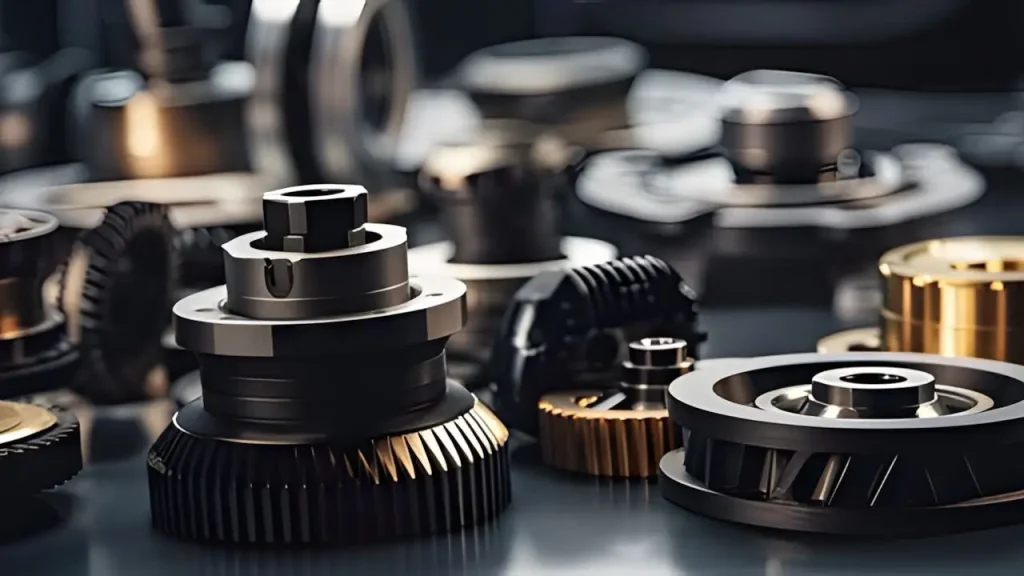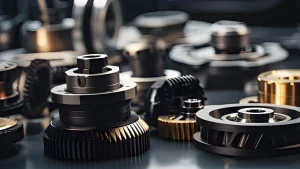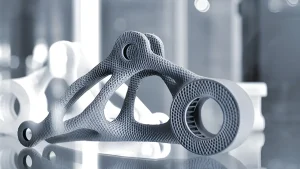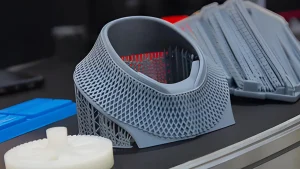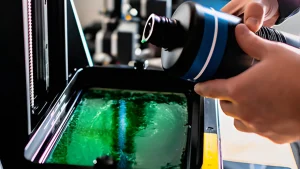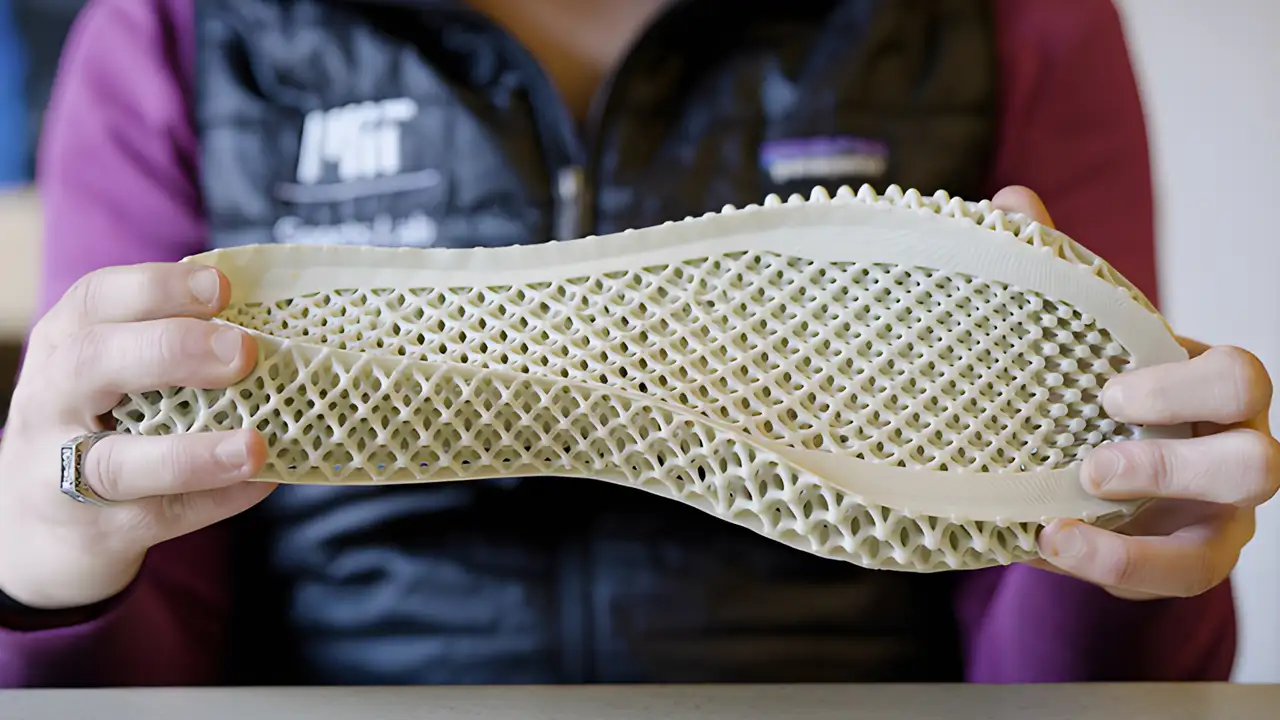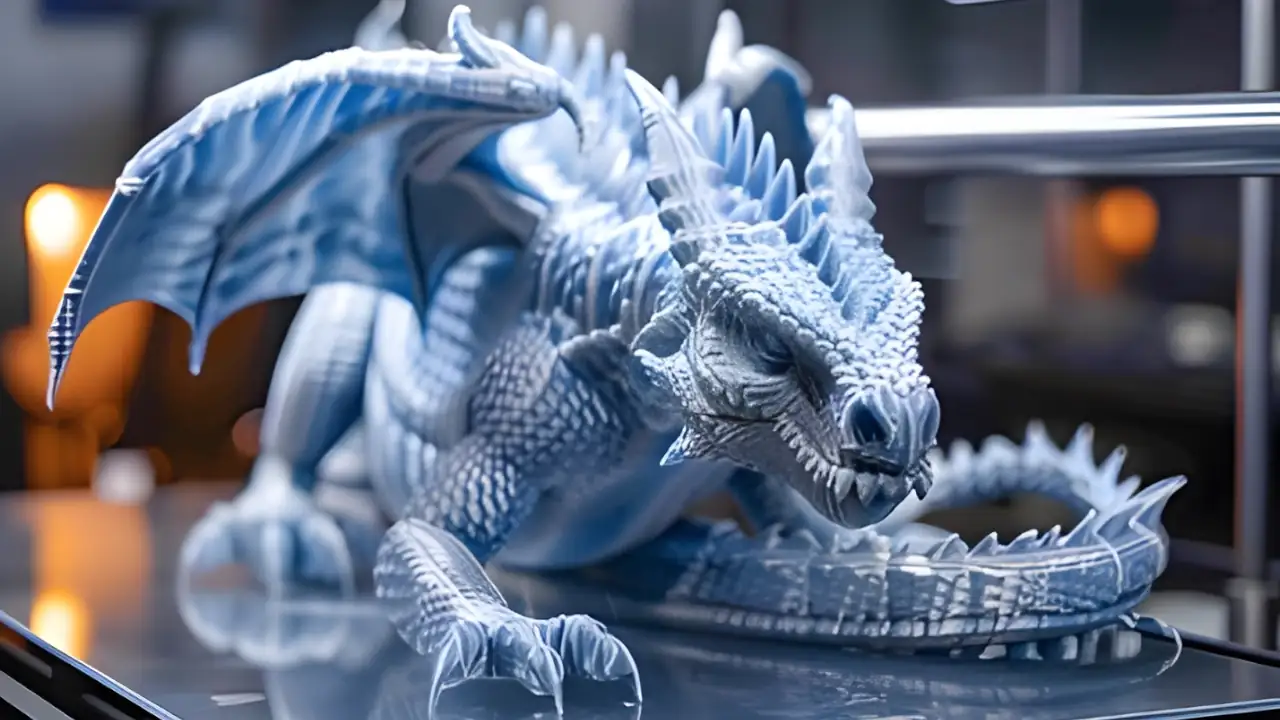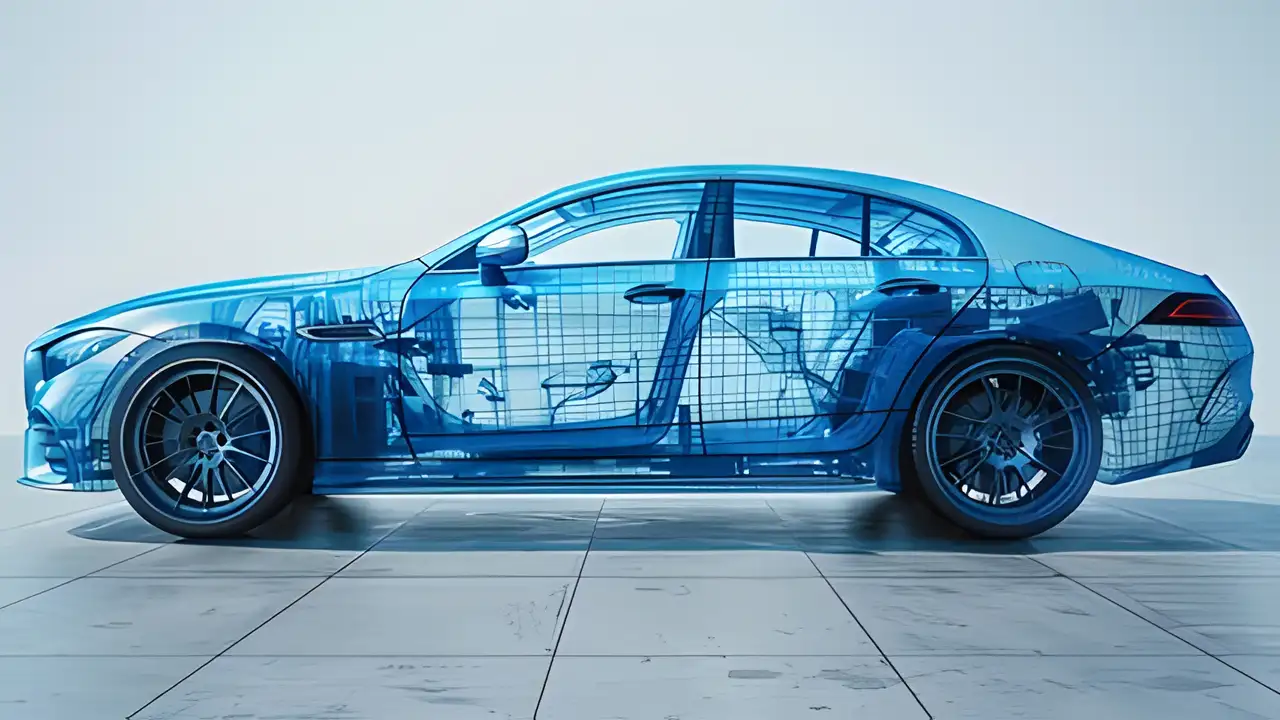Injection molding and 3D printing are two powerful manufacturing processes. Choosing the right one can significantly impact your project’s success. Here’s a comparison to help you make an informed decision.
Process Overview
- Injection Molding involves creating a mold, injecting material, cooling, and ejecting the final product. It’s ideal for high-volume production.??
- 3D Printing uses techniques like FDM, SLA, and SLS to build objects layer by layer. It’s perfect for rapid prototyping and low-volume production.?
Material Options
- Injection Molding uses thermoplastics, thermosetting plastics, and elastomers. It’s versatile but requires specific molds.??
- 3D Printing materials include PLA, ABS, resins, and metal powders. Each material has unique applications, offering greater flexibility for complex designs.?
Production Speed
- Injection Molding shines in large-scale production with fast cycle times once molds are ready.??
- 3D Printing is slower per unit but excels in rapid prototyping and small batches.?
Cost Analysis
- Injection Molding has a high initial mold creation cost but a low per-unit cost for large volumes.??
- 3D Printing has lower setup costs and is cost-effective for low quantities and intricate designs but has a higher per-unit cost for large volumes.?
Design Flexibility
- Injection Molding is limited by mold design, making intricate details challenging.??
- 3D Printing offers high flexibility, allowing for complex geometries and custom designs with ease.?
Scalability
- Injection Molding is ideal for mass production, offering economies of scale.??
- 3D Printing is better suited for prototypes, small-scale production, and customization.?
Environmental Impact
- Injection Molding generates waste from excess material and molds, though recyclable materials can be used.??
- 3D Printing can produce less material waste and advances in sustainable materials, but energy consumption can be high.?
Choosing the Right Method
Consider volume, cost, complexity, material, and production speed. A hybrid approach, using both methods for different production stages, can be beneficial.
Both injection molding and 3D printing have their strengths. Injection molding is perfect for large-scale, cost-efficient production, while 3D printing excels in flexibility, rapid prototyping, and small batches. Contact Raymankind for a consultation to determine the best method for your project. Discover our unique advantages and special offers today!?
